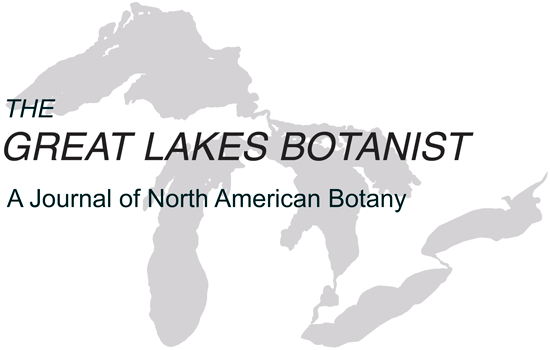One of the strengths of this journal is a long history of floras of natural areas, such as parks and preserves, throughout the Great Lakes region. Many of these include descriptions and analyses of the plant communities in such natural areas as well as floristic quality assessments. Taken together, these articles provide an important snapshot of the current floristic status of the region as well as a baseline for further research. The study in this issue by Ryne Rutherford and Susan Fawcett of the Seven Lakes Nature Preserve in Michigan’s Upper Peninsula is an important contribution to this series. The area consists of aquatic, wetland, and upland habitats in a highly intact area that is now preserved by a private conservation organization. Several new county records were encountered during this study.
Pitcher’s Thistle, Cirsium pitcheri, a favorite of many naturalists in the western Great Lakes region, is also an imperiled species of Great Lakes shorelines and has long been the subject of ecological studies. This issue presents the second such study in three years to appear in these pages (the first was in the July–December 2021 issue, Volume 60, Nos. 3–4). The present article examines the effect of age of flowering on the survivorship and fecundity of this monocarpic species (a species that lives for several years but flowers only once), which especially for a rare species, has implications for conservation, recovery, and adaptability to climate change.
Continued exploration of Michigan’s Upper Peninsula continues to reveal surprises. The Noteworthy Collections article in this issue reports new records of glade fern, Homalosorus pycnocarpos, and expanded woodfern, Dryopteris expansa, for the eastern portion of the Upper Peninsula.
This issue concludes with a review of a fascinating and well-illustrated volume exploring the various strange and unusual ways that members of the orchid family have adapted to animal-dependent pollination, with particular emphasis on deception and reward strategies.
